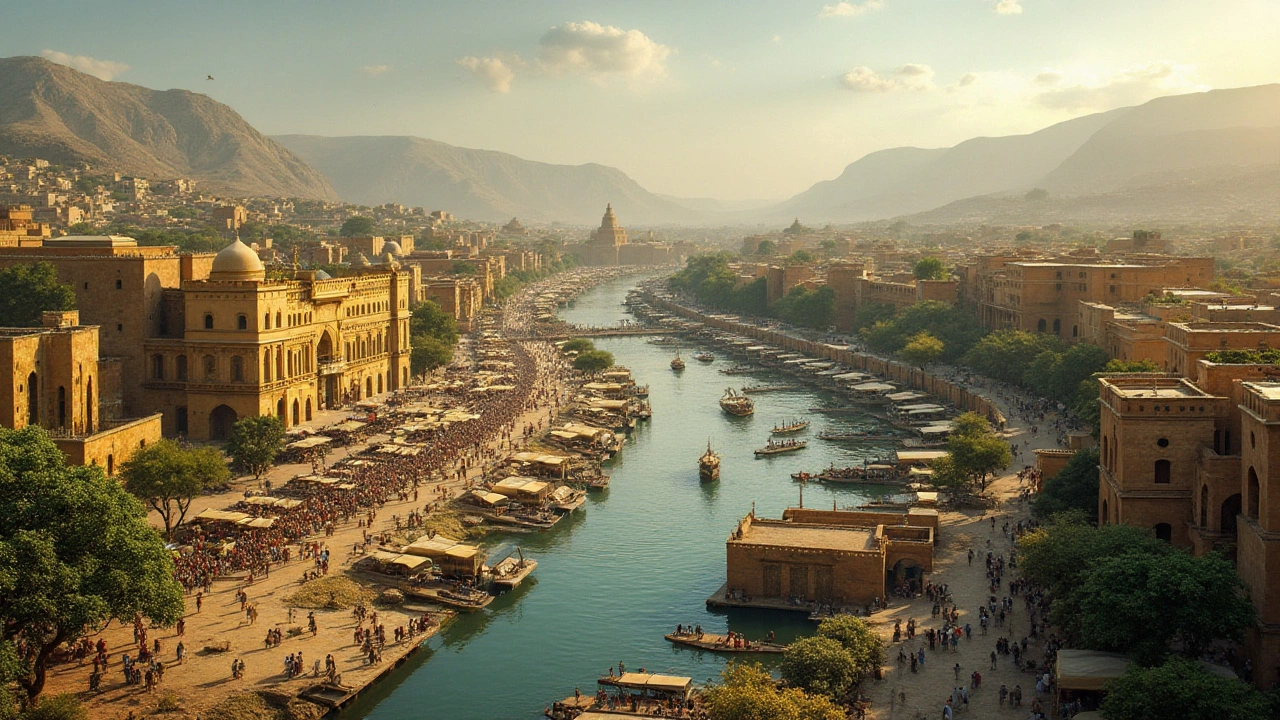Indian Heritage: A Practical Guide to Culture, Food, and History
Why Indian Heritage Matters
Indian heritage isn’t just a textbook topic – it’s the everyday vibe you feel on a busy street, the taste of a spice market, and the rhythm of a local drum. Understanding it helps you connect with people, appreciate art, and travel smarter. You’ll notice how traditions shape conversations, clothing, and even business etiquette.
Explore the Highlights: Festivals, Food, and Landmarks
First up, festivals. From the colorful chaos of Holi to the quiet devotion of Diwali, each event tells a story about community values and seasonal cycles. If you’re planning a visit, check the calendar and join the celebrations – you’ll get a front‑row seat to music, dance, and shared meals that you won’t find in a guidebook.
Food is another pillar of Indian heritage. Think beyond curry: regional dishes like Gujarati dhokla, Punjabi tandoori, and Kerala’s coconut stew each reflect local climate, history, and trade routes. A quick tip: order the dish the chef recommends, not the one you see on the menu. You’ll taste authenticity and learn the story behind every spice.
Historic sites tie everything together. Places such as the Sanchi Stupa, the Pushkar Camel Fair, and the ancient folk music traditions give you a glimpse into centuries of creativity. When you walk through these spots, imagine the travelers, traders, and storytellers who once gathered there. It turns a simple visit into a lived experience of Indian heritage.
If you want to talk like a local, learn a few greetings. “Namaste” works everywhere, but regional phrases add a personal touch. In Gujarat, saying “Kem cho?” shows you respect local customs, while in Bengal, “Nomoskar” does the trick. Small gestures like this open doors and create instant rapport.
Clothing also carries deep meaning. Traditional outfits such as the saree, kurta‑pajama, and dhoti are more than fashion; they signal region, occasion, and sometimes even social status. When you see someone in a vibrant Phulkari or a simple linen kurta, you’re witnessing a thread of Indian heritage woven into daily life.
Modern India blends the old with the new. You’ll find tech startups sharing office space with artisans who still hand‑craft musical instruments. This mix shows how Indian heritage adapts without losing its roots. Keep an eye out for contemporary art galleries that showcase folk motifs in digital formats.
Ready to dive deeper? Pick one aspect – a festival, a dish, or a historic site – and explore it for a week. Read local blogs, watch short videos, and try the activity yourself. You’ll quickly see how Indian heritage isn’t static; it’s a living, breathing story you can be part of.


